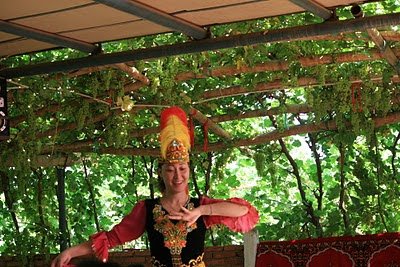Christchurch is the largest city in the South Island of New Zealand. It has one of the world's most beautiful botanic gardens. The gardens cover about one third of the city area. There is limited high rise buildings in the city. The city government and residents make best effort to maintain their city environment as a city within the gardens.
My wife and I had opportunity to visit this lovely city before the earthquake. We were able to take some pictures of the city and the botanic gardens.
 |
| (Tower of the Christchurch Cathedral - now damaged by the earthquake) |
 |
| (Status of John Robert Codley, founder of Canterbury - now damaged) |
 |
| (Boat ride along the river) |
 |
| (Century old tress welcome visitors to the gardens) |
 |
| (Water fountain at the entrance of the Botanic Gardens) |
The botanic gardens provide plenty of space for visitors, birds and ducks to enjoy the beautiful gardens and clear sky. There are great collections of plants and flowers from other countries in the gardens. The rose garden is particularly impressive with over two hundred different varieties.
 |
| (Ducks swimming along the river) |
 |
| (Rose garden with glass house behind) |
Inside the botanic gardens, there is a large iron bell donated by Japan. The bell is to commorate for world peace.
 |
| (World peace bell donated by Japan) |
































